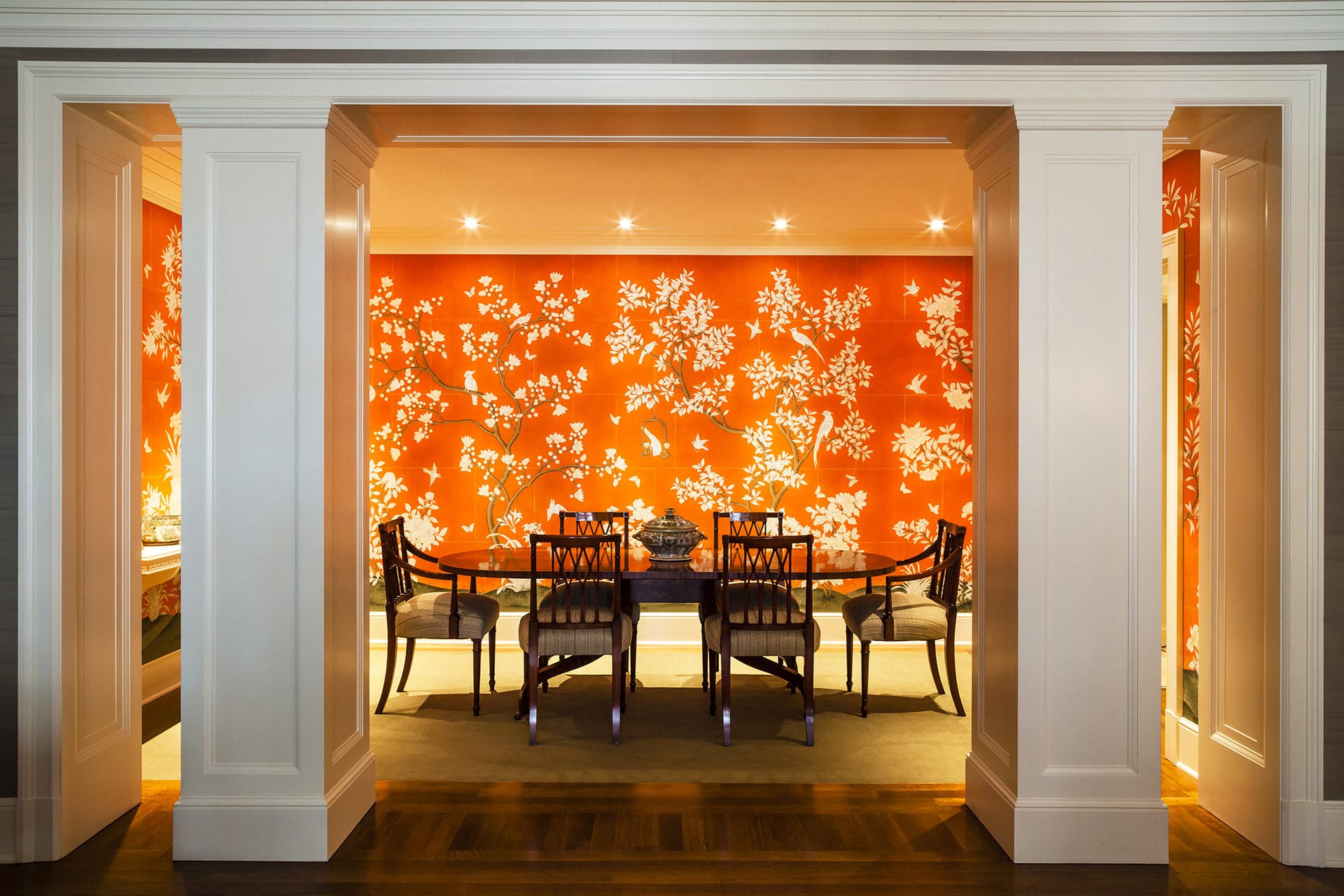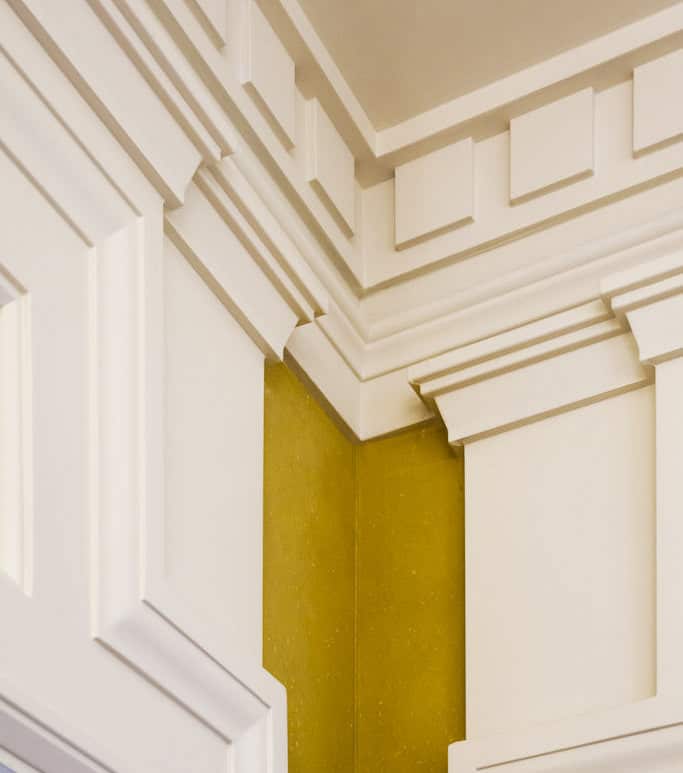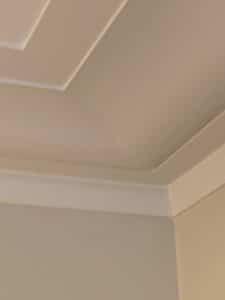Interior architecture is frequently built on traditional details that have roots in Greek and Roman architectural detailing. In the classical world, built form was a layering (from the bottom up) of pedestal (base), column, capital, entablature, and balustrade or pediment. Individual components such as capitals, moldings, dentals, friezes, and stringcourses all varied both as to style and in relationship to themselves. Arguments over the correct use of classical orders are older than history! Architects have constantly reinvented them while seeking new ways to demonstrate proportion and harmony, and their efforts have left us with an enormous library of shapes which we can use in our work today.
Some projects bend toward minimalism, but many owners of pre-war apartments find comfort in traditional details. Few apartments have sufficient scale that using an entire, correct classical order is appropriate, but in our work, we constantly use the principles and the prime aspects of the classical orders.

For example, columns, whether round or square, remain an elegant way to articulate a transition between different spaces. They need not be precisely correct from the classical point of view so long as they are well proportioned.

So how do we translate a concern with classical proportion to interiors today? Looking at the intersection of wall and ceiling is a good place to start. New York apartment ceilings are typically 8’ though they can rise much higher. We have found that conventional cornices, dentals, and similar moldings, most frequently copied from 18th and 19th century English sources, can be wonderful with 9’ -10’ ceilings and higher. But most of us live with 8’ ceilings and lower!

What to do? A counter-intuitive reversal of focus, with a small, low profile trim at the top of a wall and a handsomely detailed plaster molding on the ceiling itself can make an ordinary 8’ – 9’ ceiling look much higher. The relationships between the various planes give the illusion of a more impressive scale and a larger space.
In our next post, we’ll show how we create custom moldings drawing from classical architecture but with a concern for the realities of postwar apartments.